To a large extent, Transfield owes its success to its migrant labour force, to people who came to Australia from war-ravaged Europe, often only with a cardboard suitcase, their hands and their hopes.
Page Media:

To a large extent, Transfield owes its success to its migrant labour force, to people who came to Australia from war-ravaged Europe, often only with a cardboard suitcase, their hands and their hopes.
Page Media:
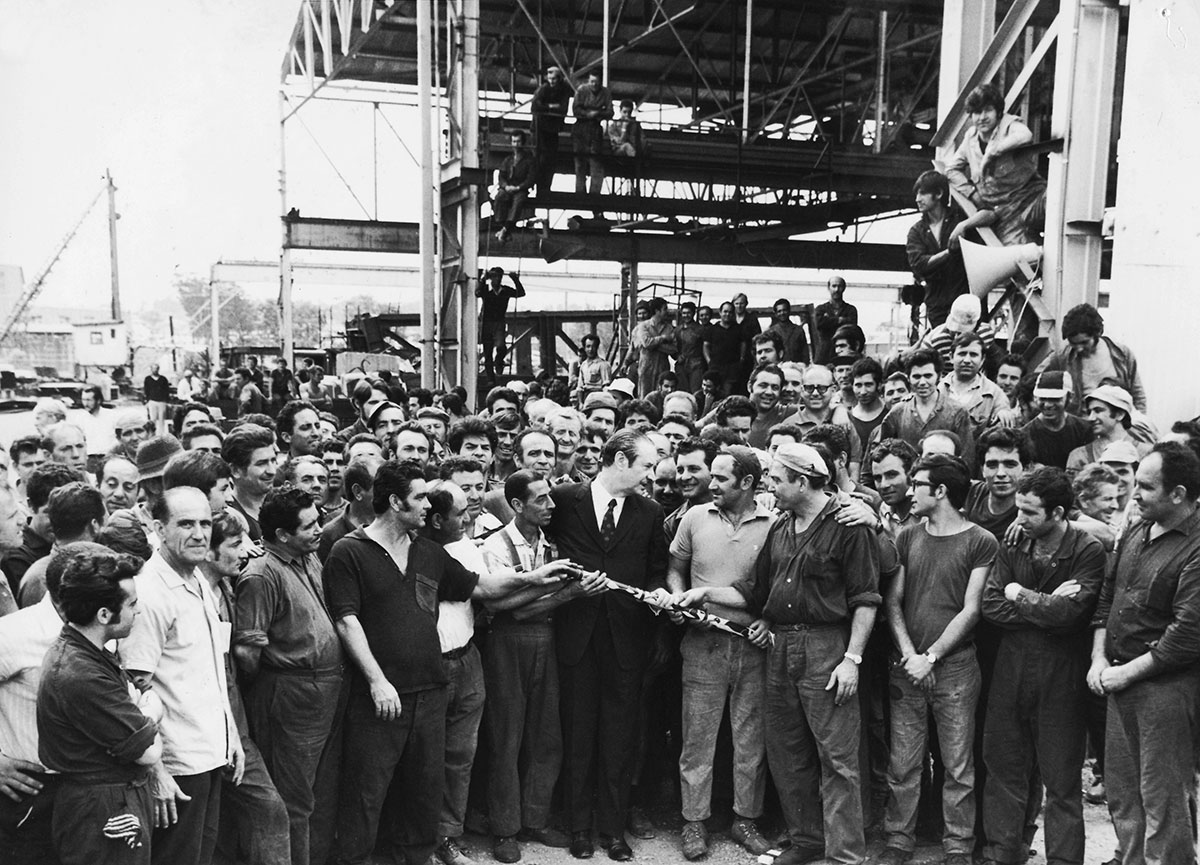
The Second World War displaced over 12 million people. Between 1947 and 1954, over a million refugees were resettled, mainly overseas. Of these, Australia took close to 180,000. In 1951, Australia signed a Migration Agreement with Italy, which resulted in over 260,000 Italians settling in Australia by the end of the 1960s.
Notwithstanding the harrowing war deprivations and suffering, the culture trauma experienced by the newly arrived was staggering. They faced alien customs, a language foreign to them, a harsh climate and, in many instances, discrimination, if not outward hostility on the part of Anglo-Celtic Australians.
Page Media:
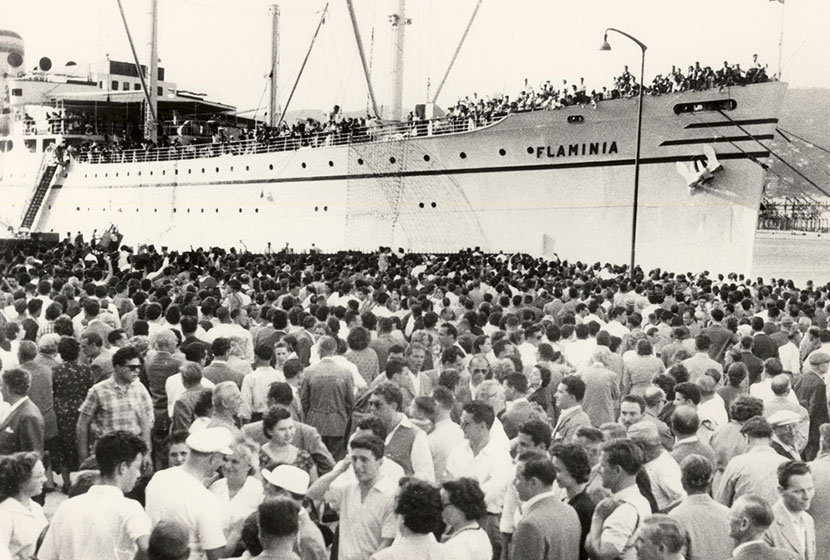
A migrant from Italy, who found employment at Transfield's Port Kembla works, recounted his first experience as follows: "When I got off the ship I dressed myself in a new off-white suit. I wanted to be spruce, landing in a new country. My brother laughed when we met. "Where are you going in that fancy rig-out?" he demanded... I walked off the train at Port Kembla black... During the first six months I wanted to die. I was crying all the time".
Page Media:
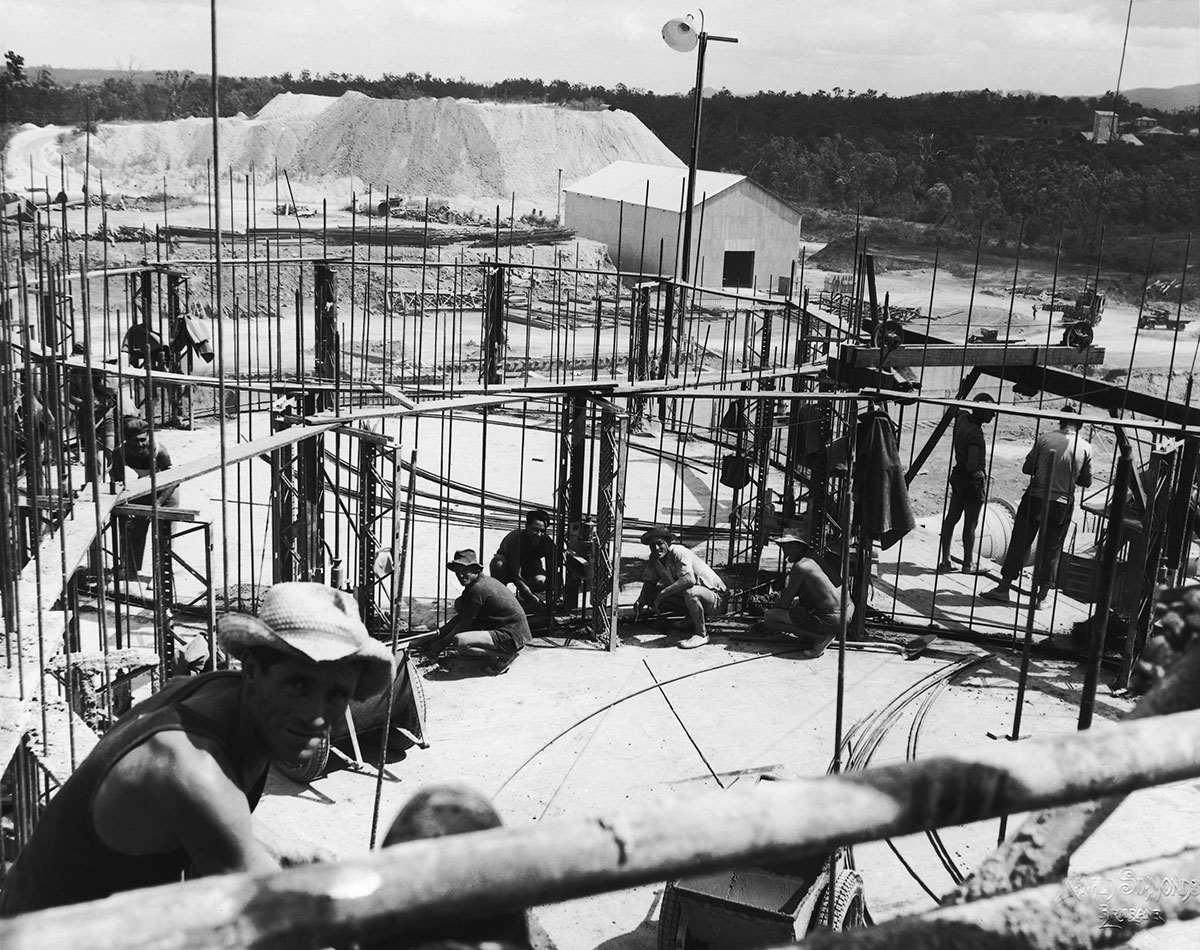
It is understandable that the newcomers would seek employment with Italo-Australian companies such as EPT and Transfield, which offered an environment there they could speak their language with people from their country, reminisce shared experiences, eat food familiar to them and enjoy good working conditions and plenty of overtime. Also, in the early days of the company, in order to overcome the then crucial labour shortage, it was customary for Transfield's staff to go to the wharves, at the arrival of the migrant ships, and recruit on the spot disoriented and confused newcomers.
Page Media:

During the 1950s and 1960s, both EPT and Transfield workforce was predominantly Italian, about 80%, the rest coming from other European countries, while a smattering of Anglo-Australians were employed mainly in supervisory, administrative and managerial positions.
Soon, the way Transfield was treating its employees came to the attention of their competitors and of the Australian Press. In 1968, Melbourne's Age reported: "Typical of the thinking of Italian-owned companies, Transfield adopts an almost paternalistic attitude toward its employees. Workers on the job are pampered, the company provides first-class accommodation, with air-conditioning where necessary. TV too and high quality meals for as little as 50 cents. And after two years with the company, the newly arrived immigrant can fly home with his family for half fare on a company subsidised scheme".
Page Media
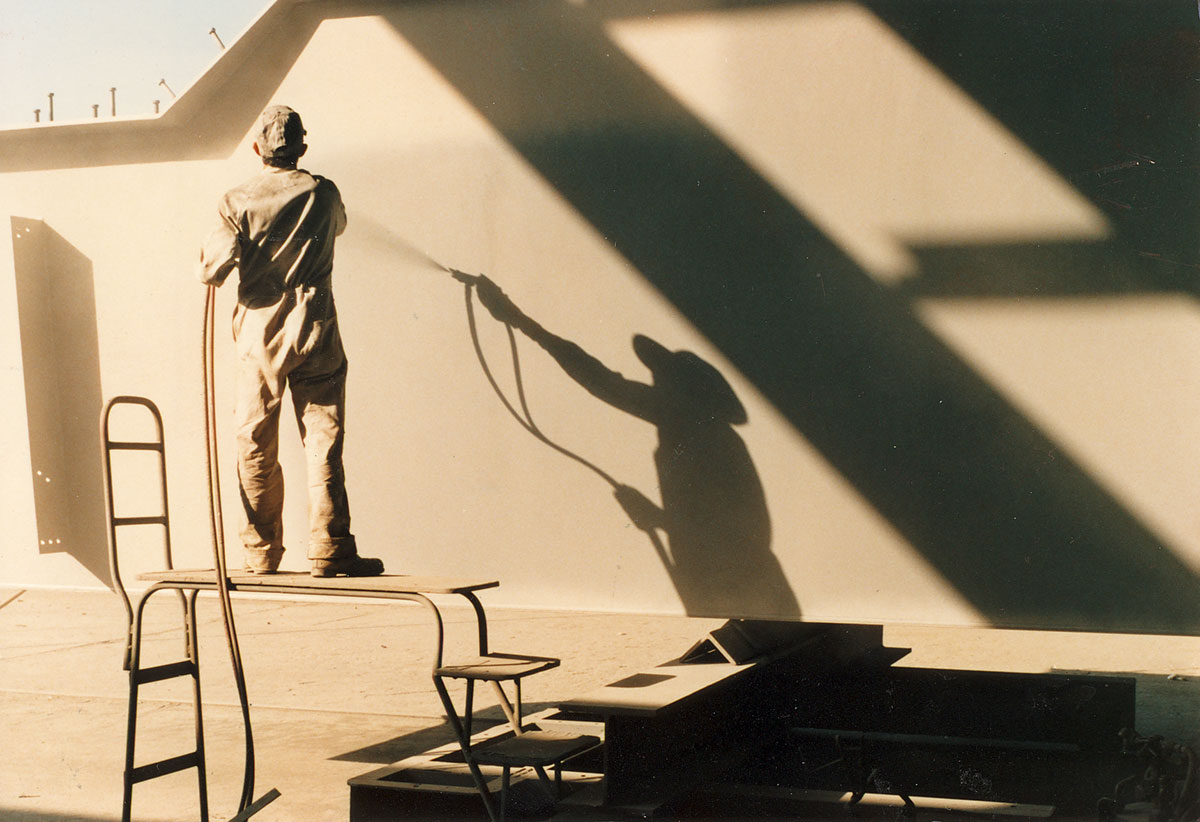
It is hardly surprising that Transfield's workforce grew from a modest beginning of 21 pioneers who started work in Port Kembla in 1956, to over 12,000 fifty years later. In response to Transfield's paternal care, they showed abiding allegiance and loyalty. "We were like a family in Transfield", one of them commented, "The men felt they had to push the firm through somehow".
At the time, the Company's work ethic was, as a leading hand put it, that "it was all a question of wanting to work. If they had a piece of steel they wanted to cut, they cut it. They didn't wait around to find someone with a ticket to cut it. Everybody had to do everything".
Page Media:
Working conditions in the outback of Australia were perforce harsh and testing. Transfielders had to set up hostels, starting absolutely from scratch, miles away from inhabited areas, in the wild, with scant knowledge of local laws and regulations, starved of resources, facing loneliness and missing their families, having to communicate in broken English.
However, Transfield employees bore the discomfort of pioneering life with resignation, concentrating instead on the positive side of their condition. As a Croatian employee put it, "Security and continuity of employment has been made available to people just dropped into the country and left to fend for themselves... They live in a foreign country away from their family and friends. Transfield has provided a home away from home... So, migrants work. It helps, among other things, to dull the pain of social deprivation... I see the Company's interest and mine as one".
Video: De Gregori on working for Franco.
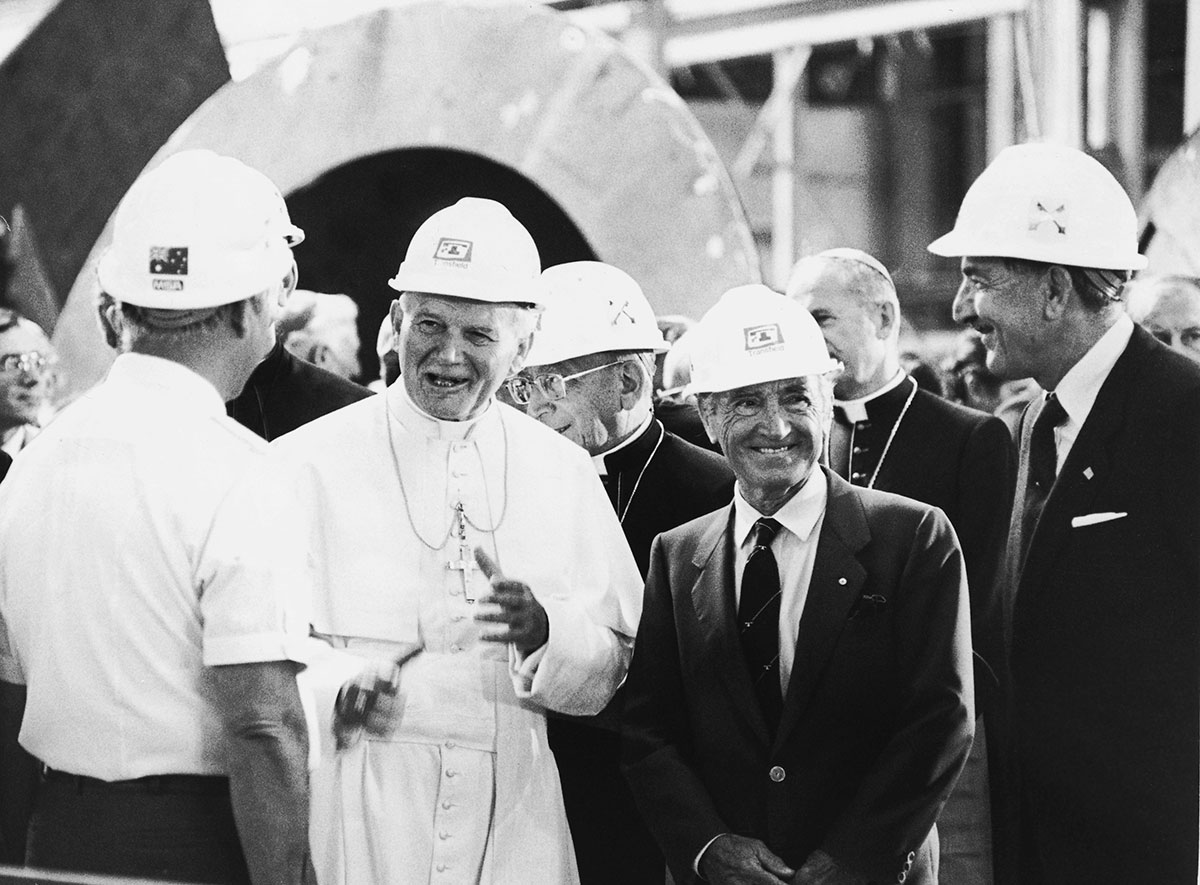
By the time when Pope John Paul II visited Transfield's Seven Hills factory, on 26 November 1986, Transfield was employing people from sixty different nationalities. Franco Belgiorno-Nettis proudly declared to the thousands of employees and their families gathered for the occasion that "there is no better multicultural community than Transfield".
Page Media:
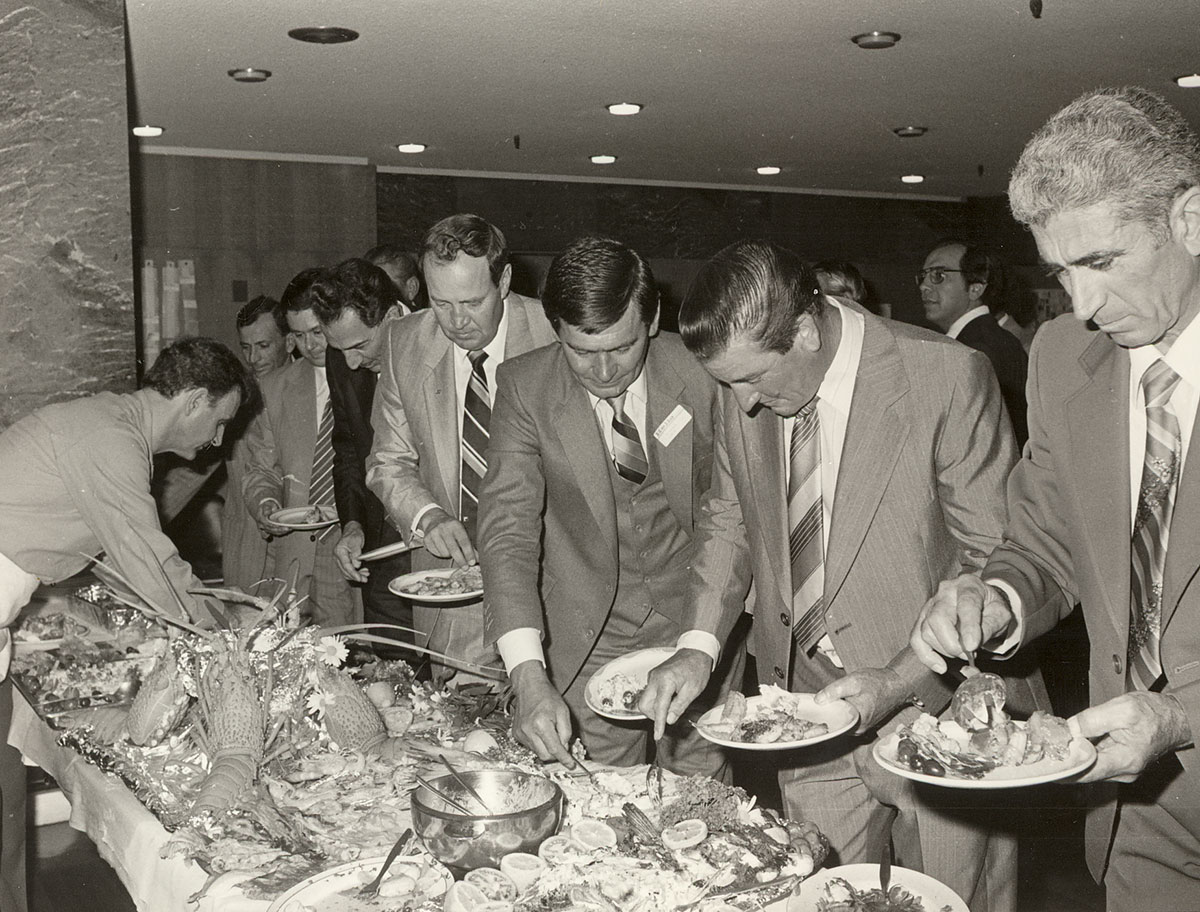
With their labour, in carrying out dirty and dangerous tasks that only migrants were prepared to do, Transfield's workers contributed to change Australia by building this country's infrastructure, the transmission lines, power stations, television and radio towers, pipelines, oil rigs, steelworks, harbours, roads, railways and grain silos. In so doing, they created with their hands, what Franco Belgiorno-Nettis would call "the nerve of a civilised community".
IMAGE GALLERY:
Guido Belgiorno-Nettis on Safety
Paolo Totaro on Italians in Australia
Worker's Opinion on Transfield
Pope John Paul II in Seven Hills
Serventi on Transfield migrant workers
Serventi on managing migrant workers